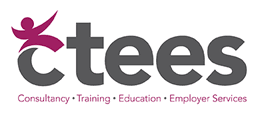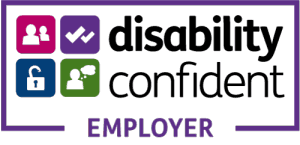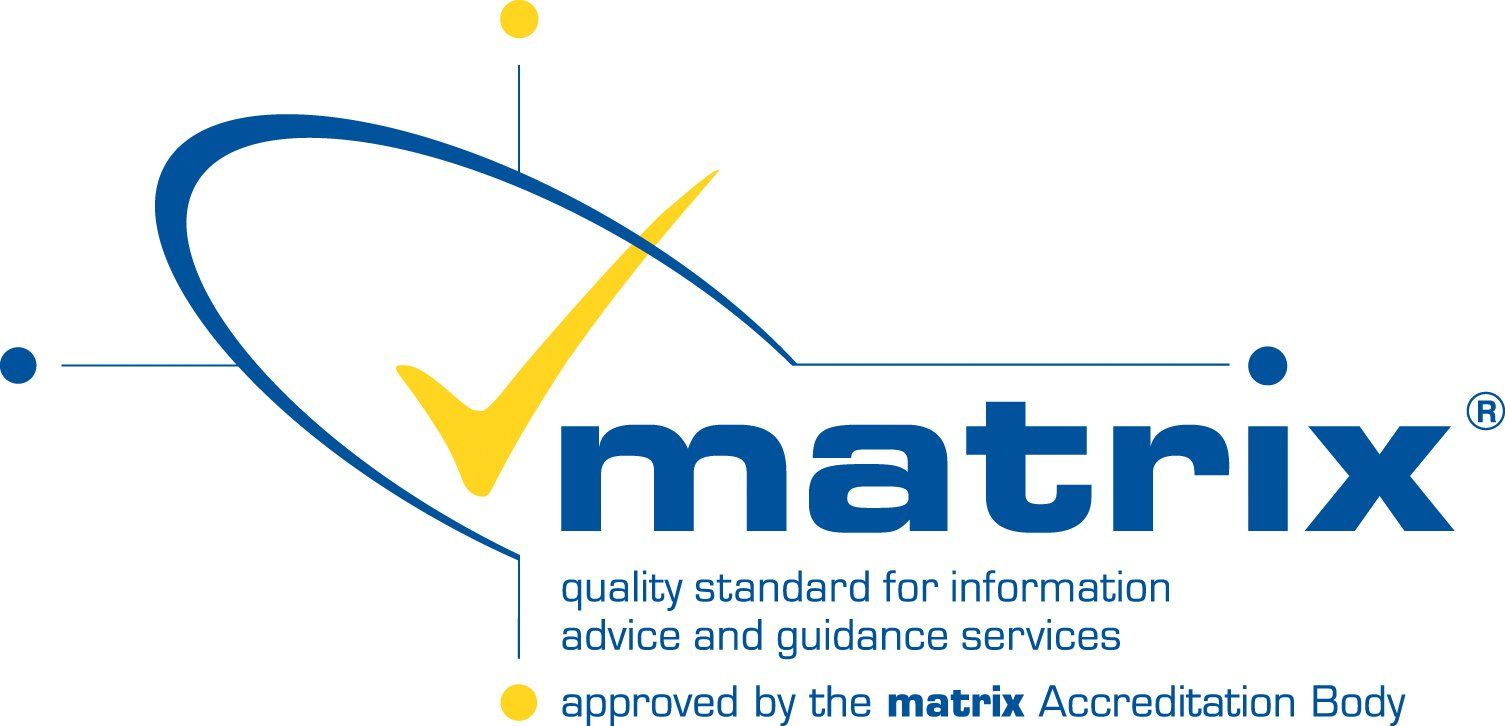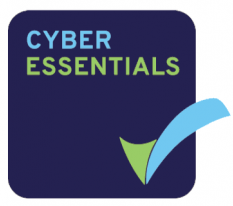LEAN TECHNIQUES & PRINCIPLES
Streamline your workplace!
Based on the Japanese principle of Kaizen or "continuous improvement", learn to limit wasted resources, reduce wasted time and increase workplace efficiency with an accredited level 2 course in Lean Organisation Manufacturing Techniques.
'Lean process improvement' is a methodology for reducing the time needed to fulfil an order.
A concept originating from the Japanese automotive industry, 'Lean' was originally developed purely for manufacturing, however, the principles of the methodology can be applied to many other environments, like government, healthcare, services, and technology.
The aim of 'lean' was to identify ways to eliminate waste from a process, whether it’s in the form of time, money, or energy. 'Lean process improvement' is a long-term solution that takes time to implement, as it requires an organisation to change its culture, mindset and, at times, its operations to ensure quality and production targets are achieved/maintained.
What are the benefits of lean process improvement?
The benefits of lean process improvement are immense, and this includes waste reduction, continuous process improvement, and greater customer focus.
Waste reduction
Businesses typically use many processes to accomplish their goals by maintaining consistency and order. While this method increases efficiency, it can often lead to inefficiency as well, due to the many moving parts and processes. As a result, performance and oversight drops as business priorities change.
This trend creates waste in the form of delays, redundancies, and costs. Lean process improvement helps teams keep process efficiency a high priority by streamlining processes and only keeping what is essential.
Continuous process improvement
Many companies adopt continuous improvement initiatives. Achieving success in today’s business environment means always looking for ways to do things better, so continuous improvement is a matter of remaining competitive.
Dysfunctional processes can cause many problems such as dissatisfied customers, stressed employees, increased costs, and missed deadlines. As a result, the continuous improvement that lean process methodologies provide is a great benefit, especially for organisations with processes that aren’t working well.
Customer focus
Lean process improvement requires companies to maintain a tight focus on business procedures. Eliminating wasteful tasks makes processes easier to implement, use, and maintain.
This benefit also improves the visibility of business operations to stakeholders like customers. In addition, a focus on providing customer value also allows an organisation to better predict the customer care it can provide.

The first step in incorporating
lean process improvement into any existing business is to review the process you want to improve. This step involves talking to the employees who actually perform the process, which many companies neglect.
CTEES will evaluate all this for you.
Next, you will need to identify the improvements you want to make, often by asking those same employees. Implementing the changes they suggest should include creating a plan that everyone understands and buys into from the whole organisation.
Ctees will complete a full assessment on your behalf
with
results.
Next step is to assess the actual impact that any changes have had on operational efficiency. This process will involve multiple rounds of testing. This requires constant monitoring, so you can address new issues as they appear.
Ctees will have this in hand for you and will manage the concept.
This now leaves the identification of all the activities that add value to the process, which is also essential, as it allows you to remove unnecessary activities and re-test the process. Limiting the risk of these changes involves eliminating or simplifying tasks, often by automating activities or changing the way they’re executed.
Ctees will operate the process across the organisation.
CTEES will incorporate the LEAN PROCESS improvement concept into your business.
Moving forward a requirement is to standardise the process which requires documenting it thoroughly as you refine the changes. This practice makes the process repeatable, both by team members and other employees.
Ctees will ensure a standardised approach to
all
areas
of
improvement.
Lastly, the processes agreed will need to comply with requirements from governing bodies, industry standards and the company’s own policies. Improving customer experiences is also a crucial step in implementing lean process improvement since any changes must positively impact customers.
Ctees will document all policies, AND amend and change them to reflect current legislation.
Lean: Tools & Techniques
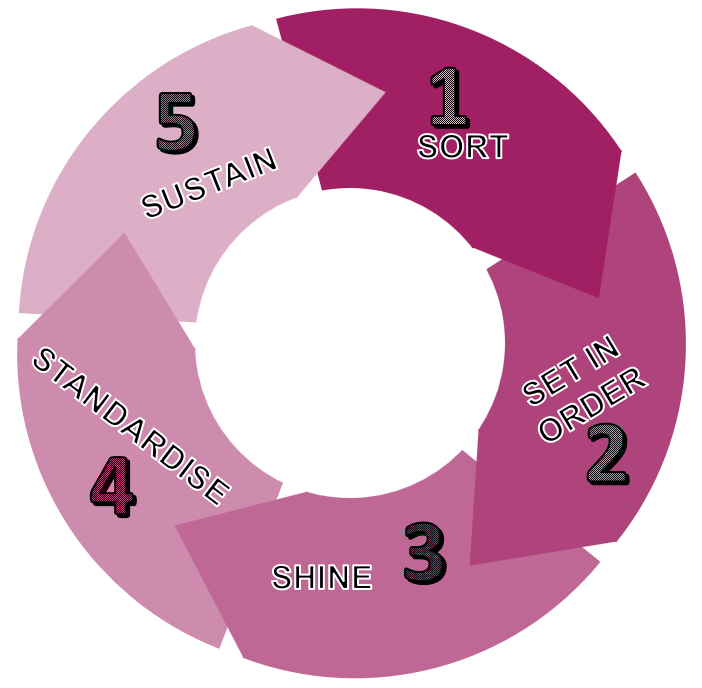
Practical ways to incorporate lean into
your business
White Board Management or Digital Lean Boards

